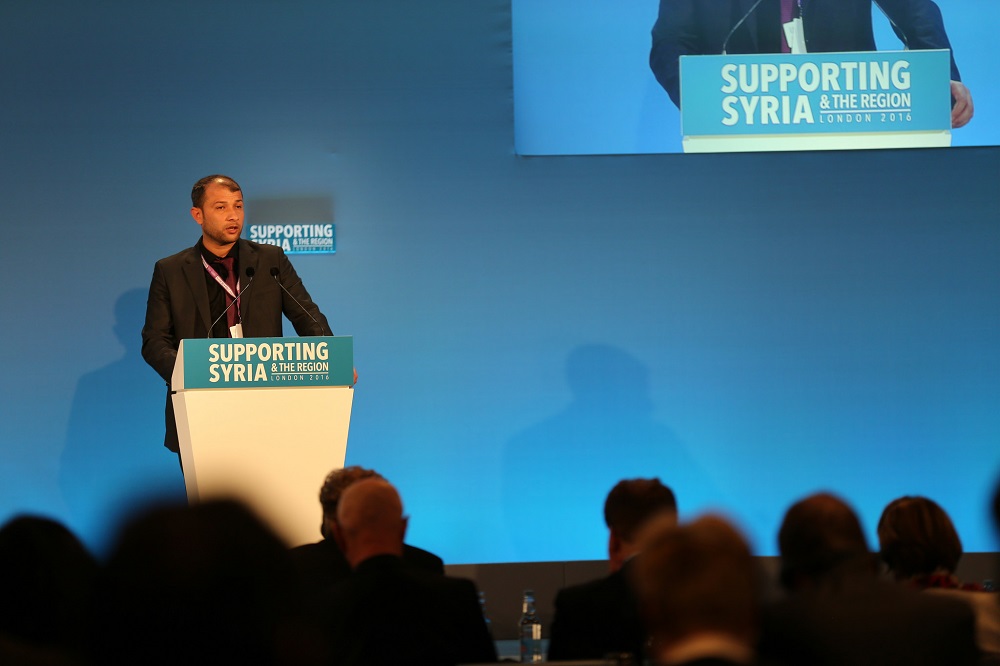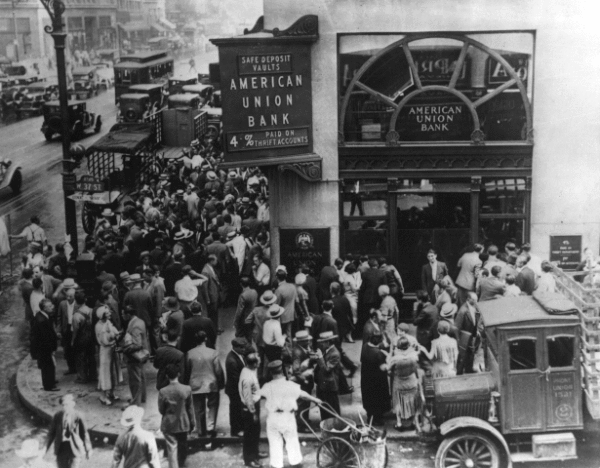Last month, the mayor of Medicine Hat, Alberta, Ted Clugston, announced that the city would become Canada’s first municipality to effectively end homelessness. The announcement was made during the mayors’ state-of-the-city address and has since gained traction.
The campaign to end homelessness in Medicine Hat emerged in 2009 when members of the city’s Community Housing Society developed an intervention program based on the Housing First Approach. Housing First dictates that providing immediate housing to homeless persons should be the first step towards a recovery process. Homeless individuals are placed in a housing option that can best attend to their immediate needs, whether it be an emergency shelter, a transitional or subsidised housing. After housing is provided, the homeless individual may receive an array of support services, including employment, health, and education. The city had previously employed a “misguided” method, according to Jamie Rogers, manager of the Community Housing Society’s Homeless and Housing department. “What we did really…is actually prolong people’s experience being homeless. We provided sandwiches, tents, boots and allowed them to live in their existing circumstance.”
In 2010, Medicine Hat launched its Plan to End Homelessness which aimed to eradicate homelessness by 2015. While the reasons for implementing the program were manifold, for the mayor it was a simple cost-benefit analysis. “If you can get somebody off the street, it saves the emergency room visits, it saves the police, it saves the justice system — and so when you add up all those extra costs … you can buy a lot of housing for that amount of money.” The cost of homelessness in Canada is indeed striking. According to Lookout Society, a not-for-profit specializing in homeless assistance, the average monthly cost for a hospital bed, shelter bed, and social housing is $10, 900, $1, 932, and $199, respectively.
Medicine Hat chose not to extend its deadline and instead is seeking to meet its 2015 goal based on positive annual results. Four years since the implementation of the program there has been a decline in the use of emergency shelters by nearly 30%, while over 700 chronically and episodically homeless people have been housed. Moreover, there is a 72% success rate among program participants.
Homelessness in Canada continues to pose a significant social and economic cost. According to a 2014 report by the Homeless Hub, the estimated number of homeless individuals on any given night is 35, 000, and 235, 000 on any given year. Within these yearly estimates, 6,000-22,000 are episodically homeless while 4,000-8,000 are chronically homeless. Meanwhile, the cost to the Canadian economy is an estimated 7 billion dollars a year. Should Medicine Hat be successful in the long run, it will no doubt function as a potential model for managing and mitigating homelessness in Canada.






